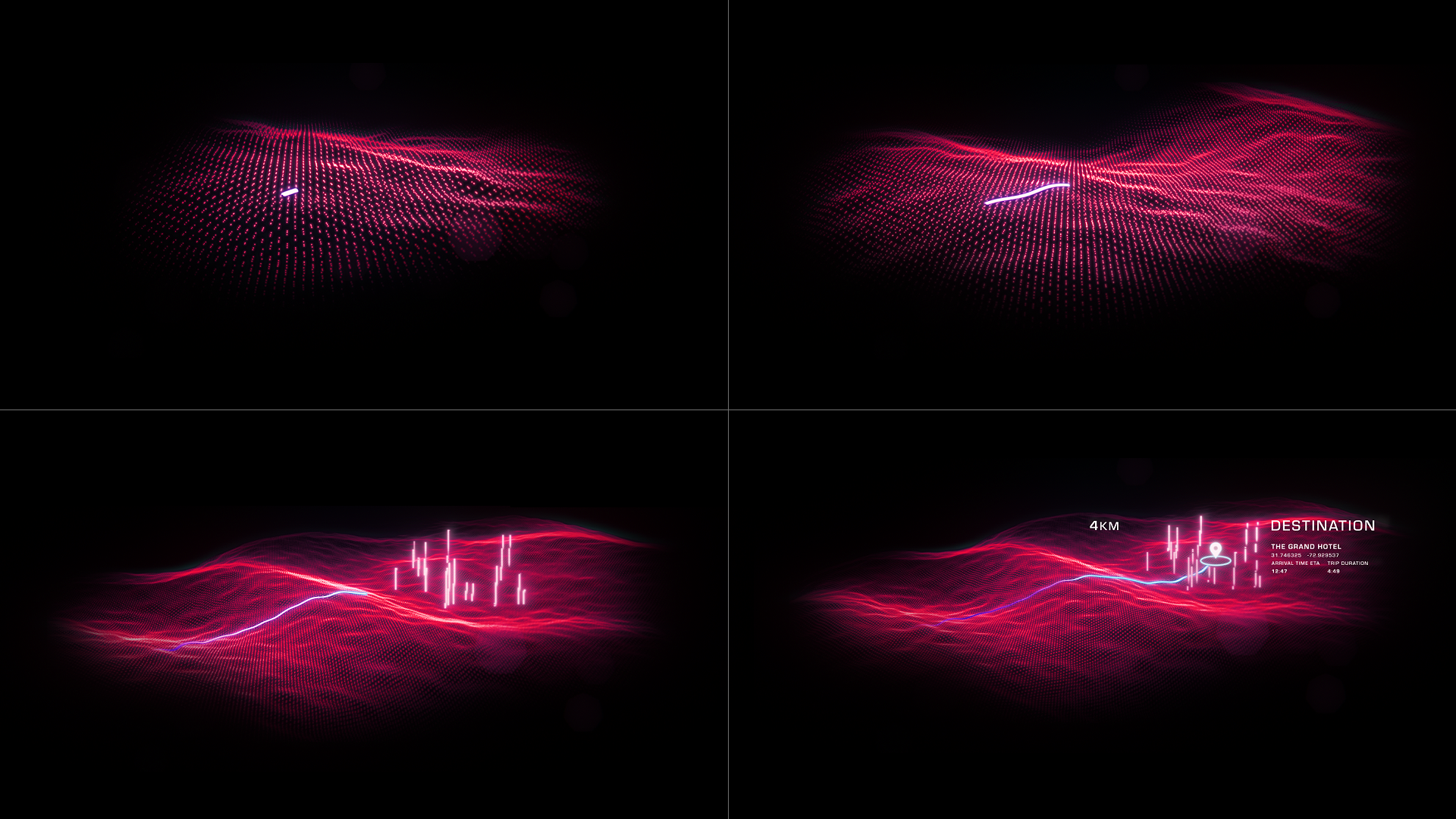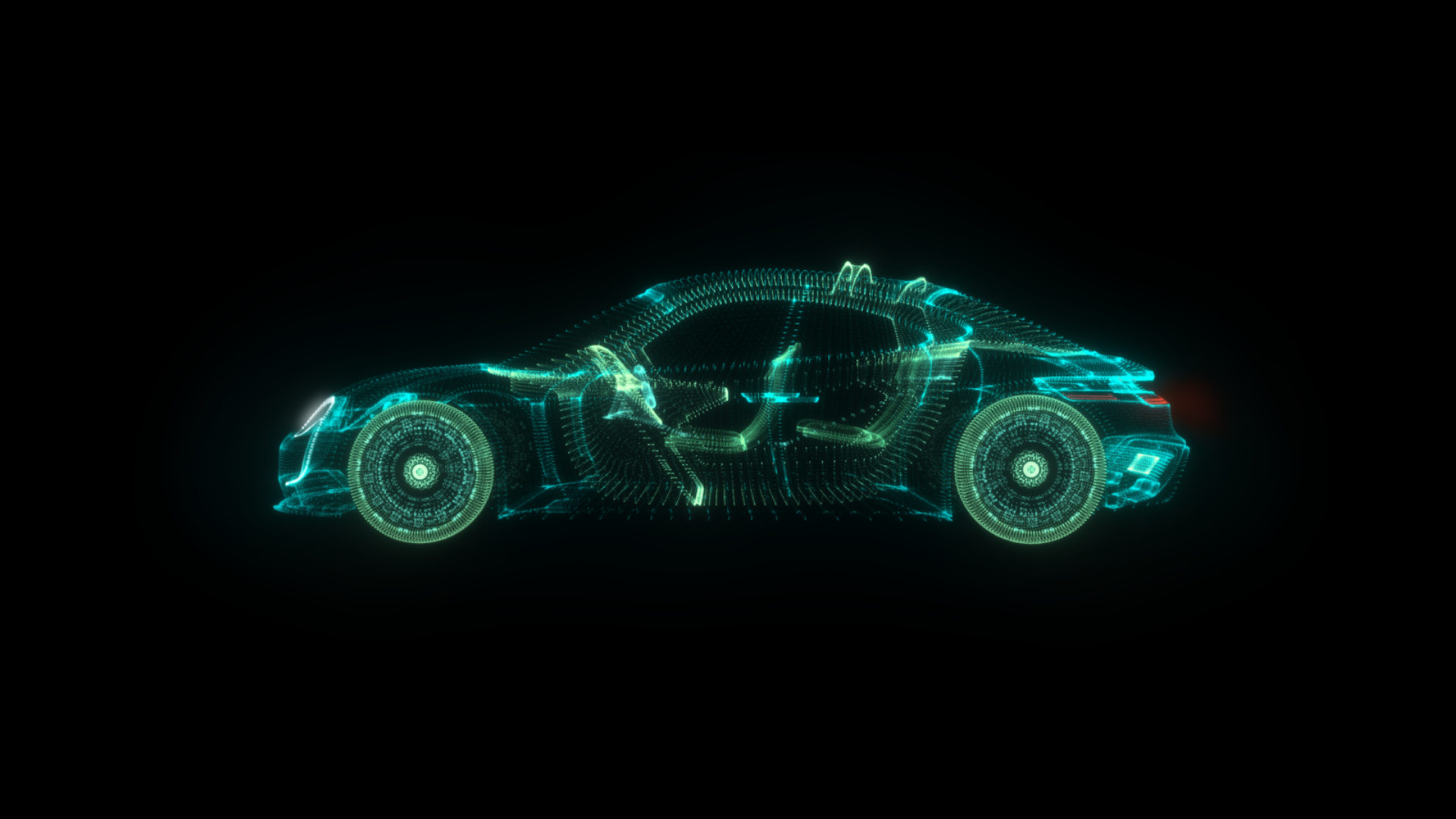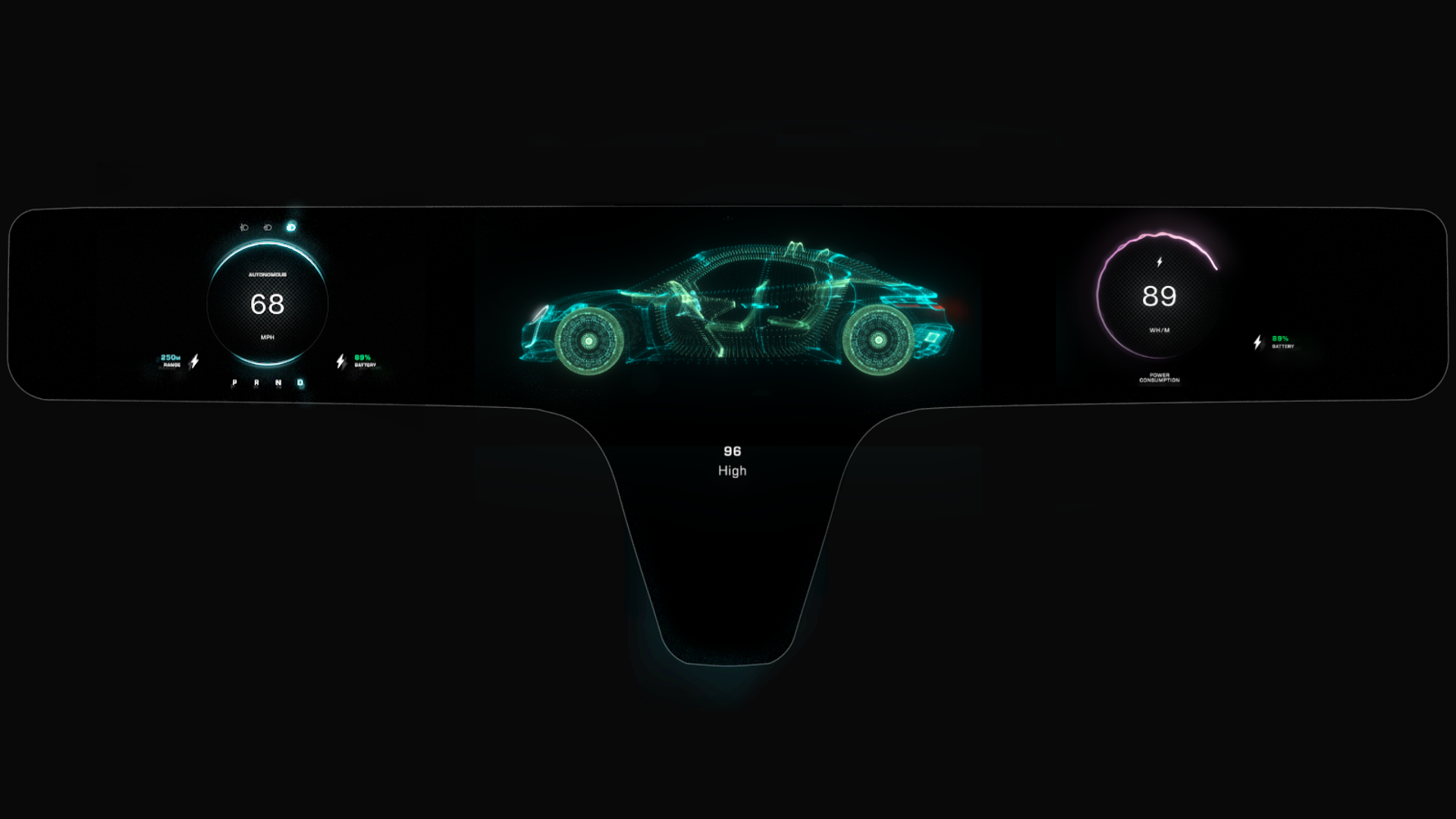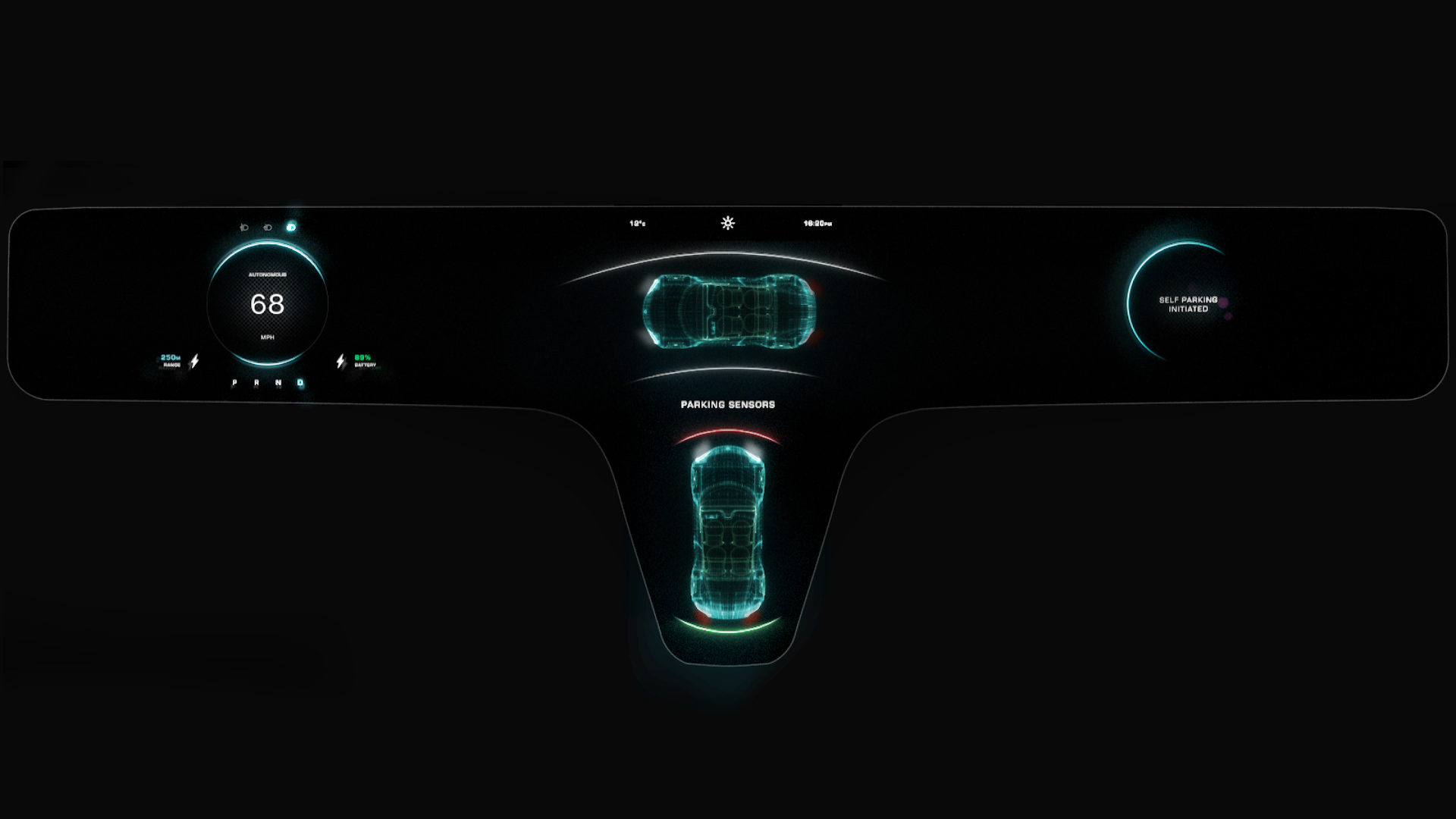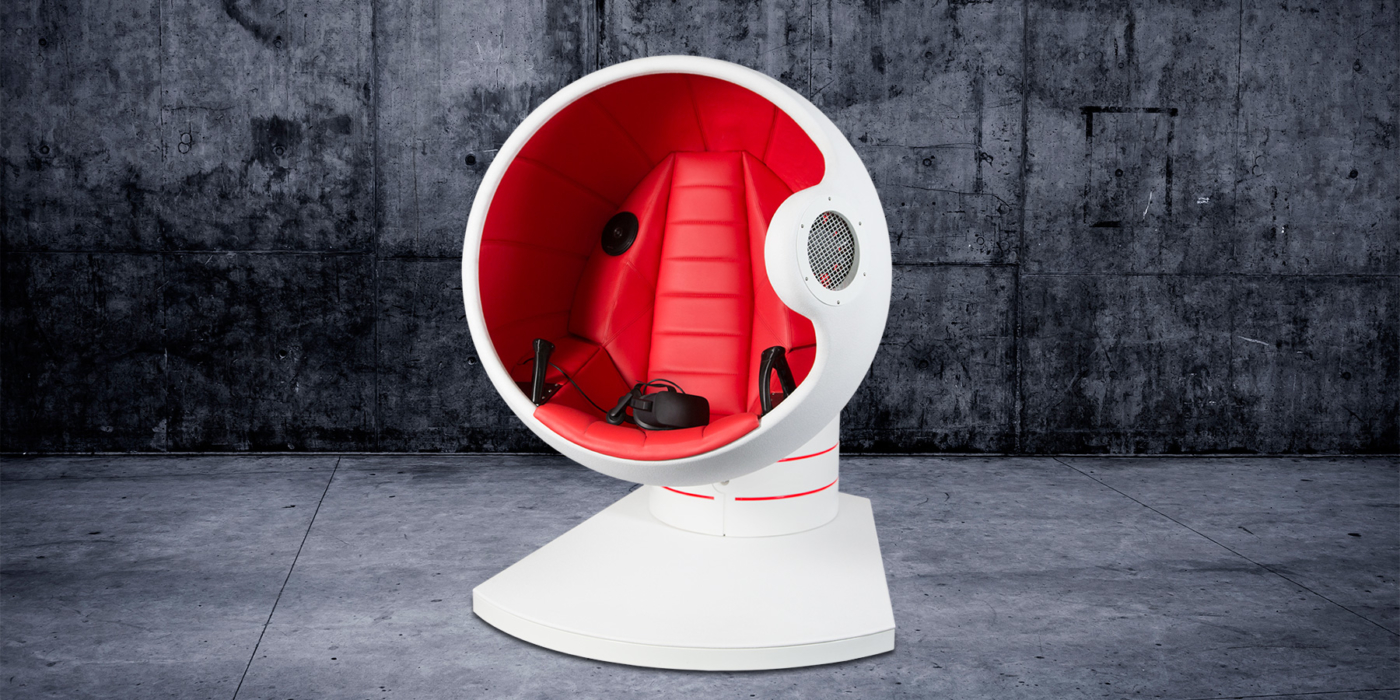Bringing innovation to the market
How can we understand how consumers will react to products or services before they’ve been developed? How do we make future innovations a tangible reality?
This is a key challenge for Valeo, an innovation-led company working to define ‘the future of mobility’ ahead of the curve. With the world’s biggest tech show, CES, fast approaching, they wanted to create an immersive VR experience which would showcase a range of innovations to both wow visitors to their stand and deliver the critical insights needed to shape future development work.
As a trusted partner, Valeo’s agency, R/GA, came to PRELOADED to co-create and deliver a location-based VR experience which would offer CES visitors a realistic glimpse into the future world of autonomous vehicle travel.

